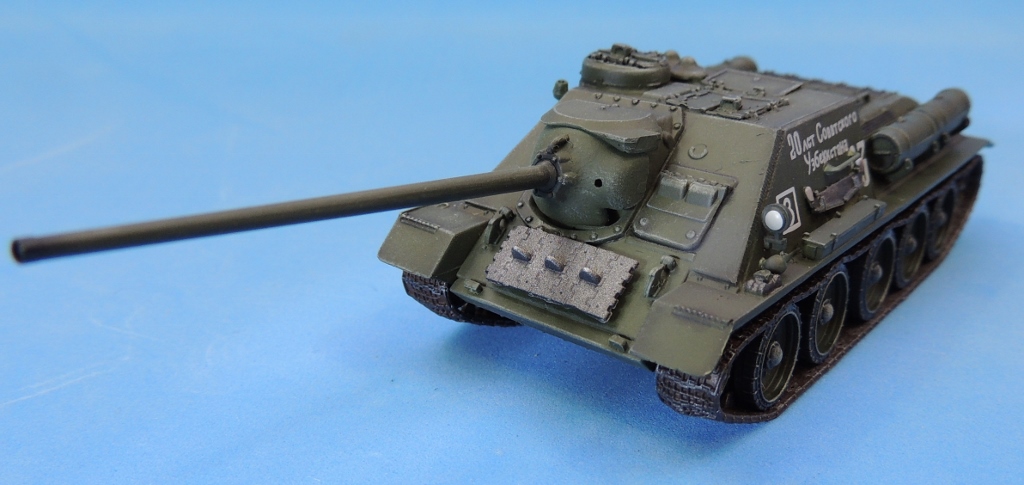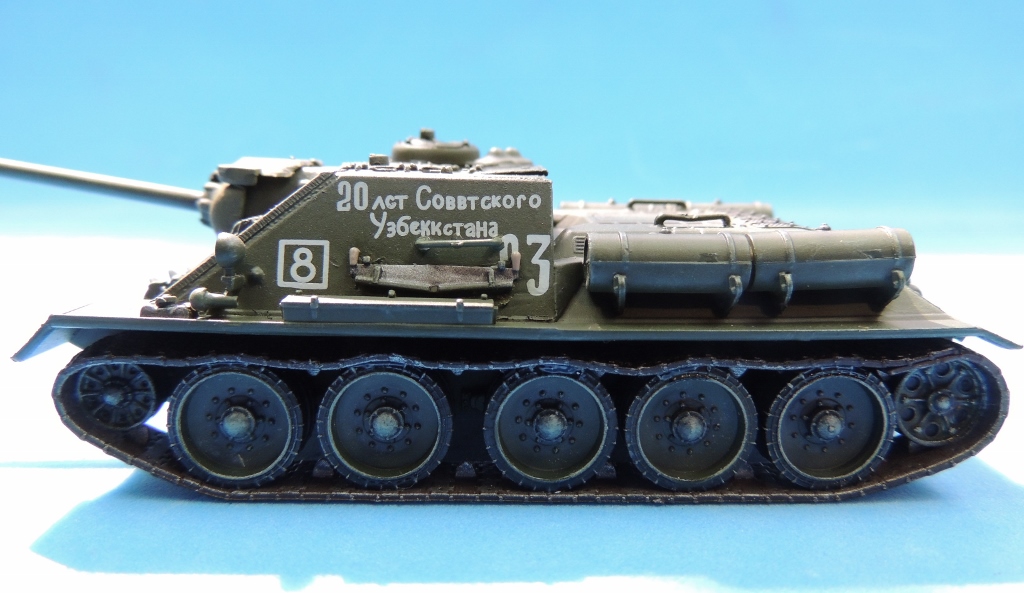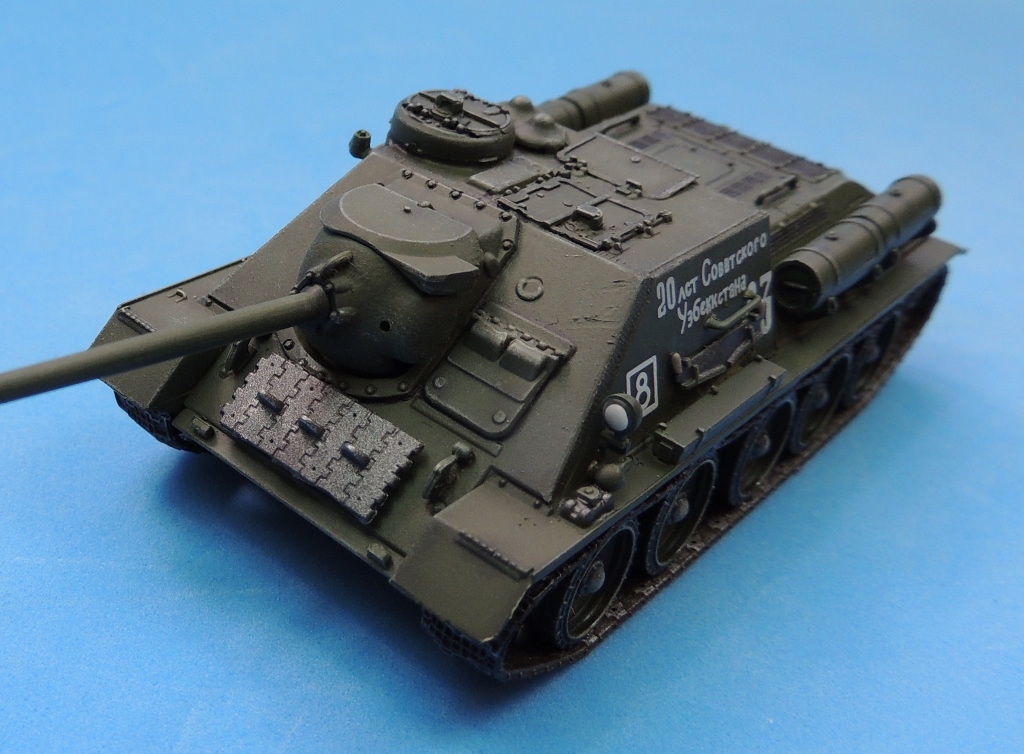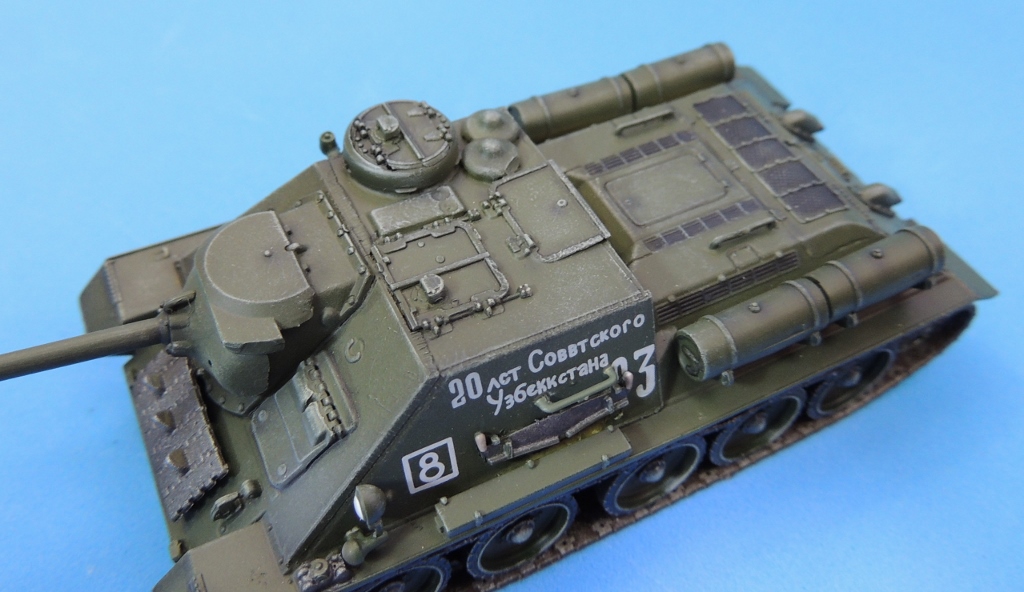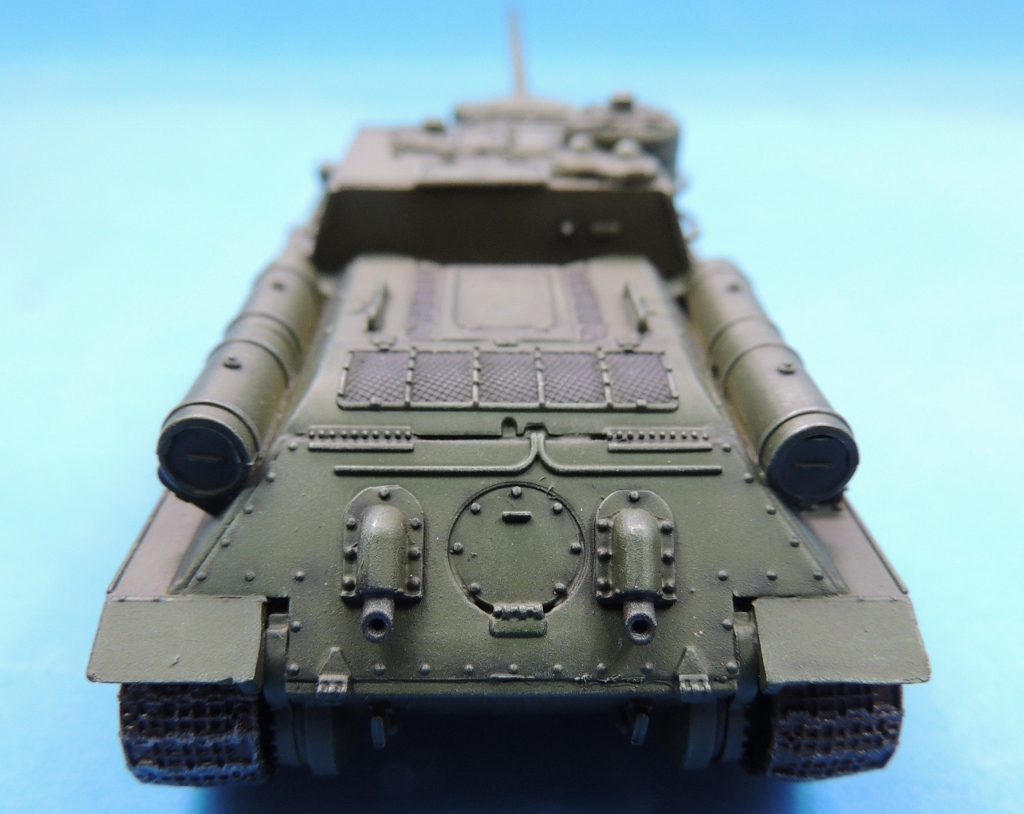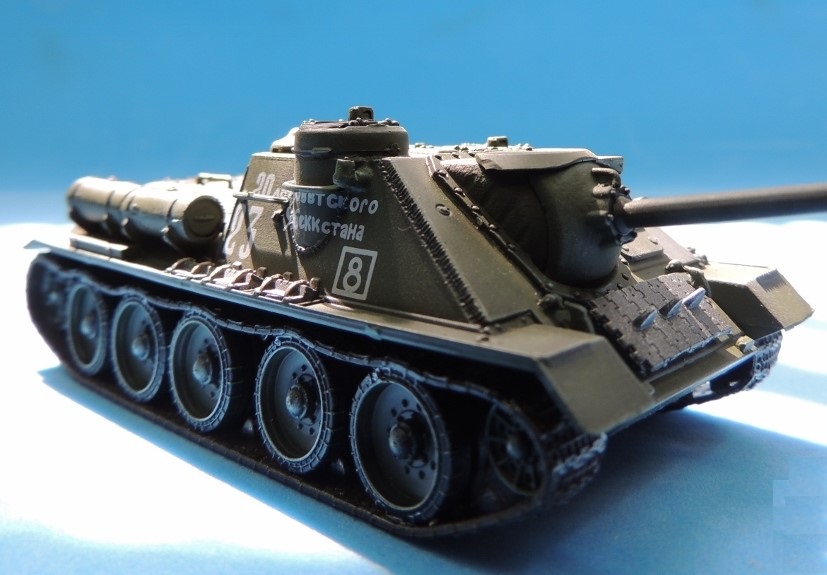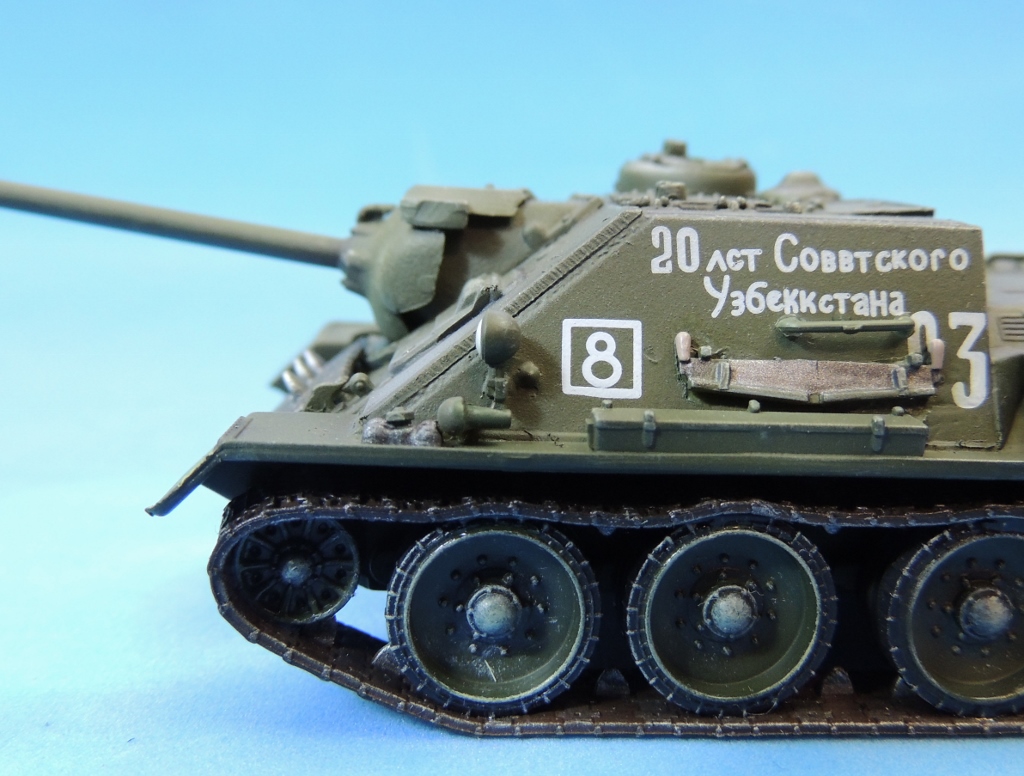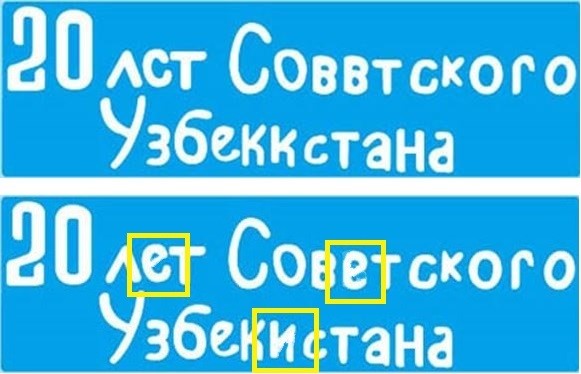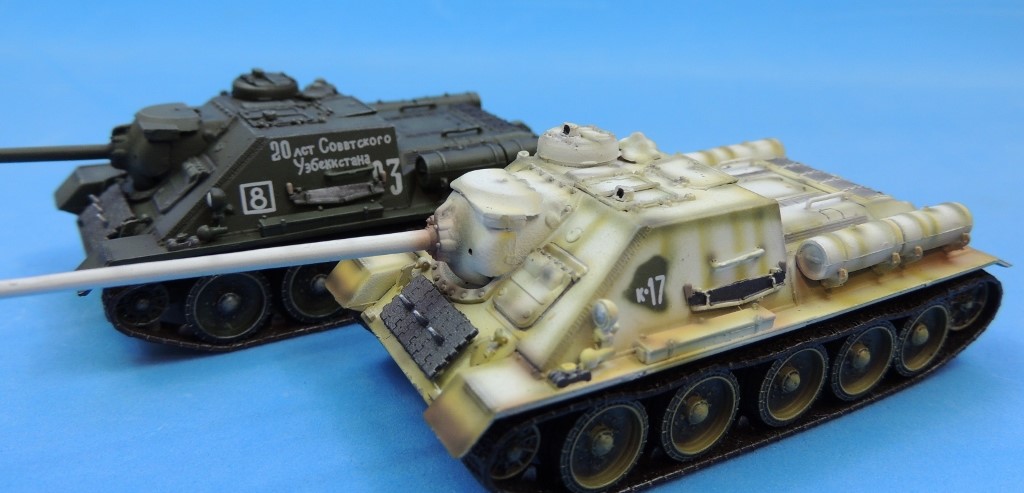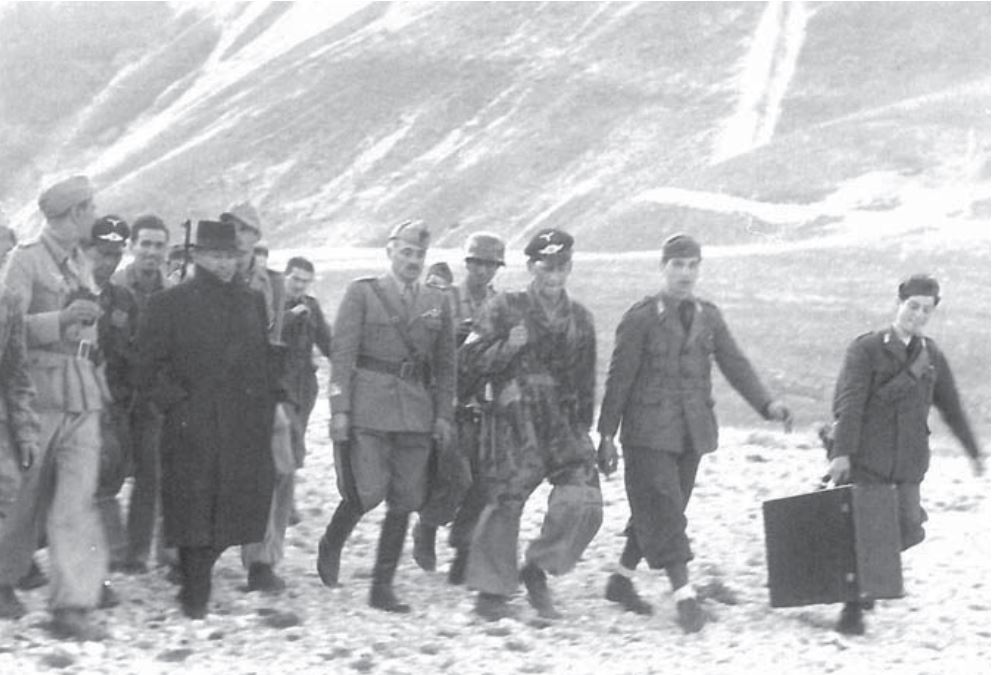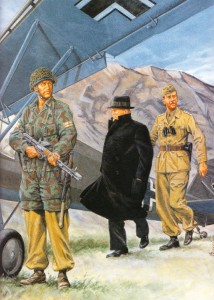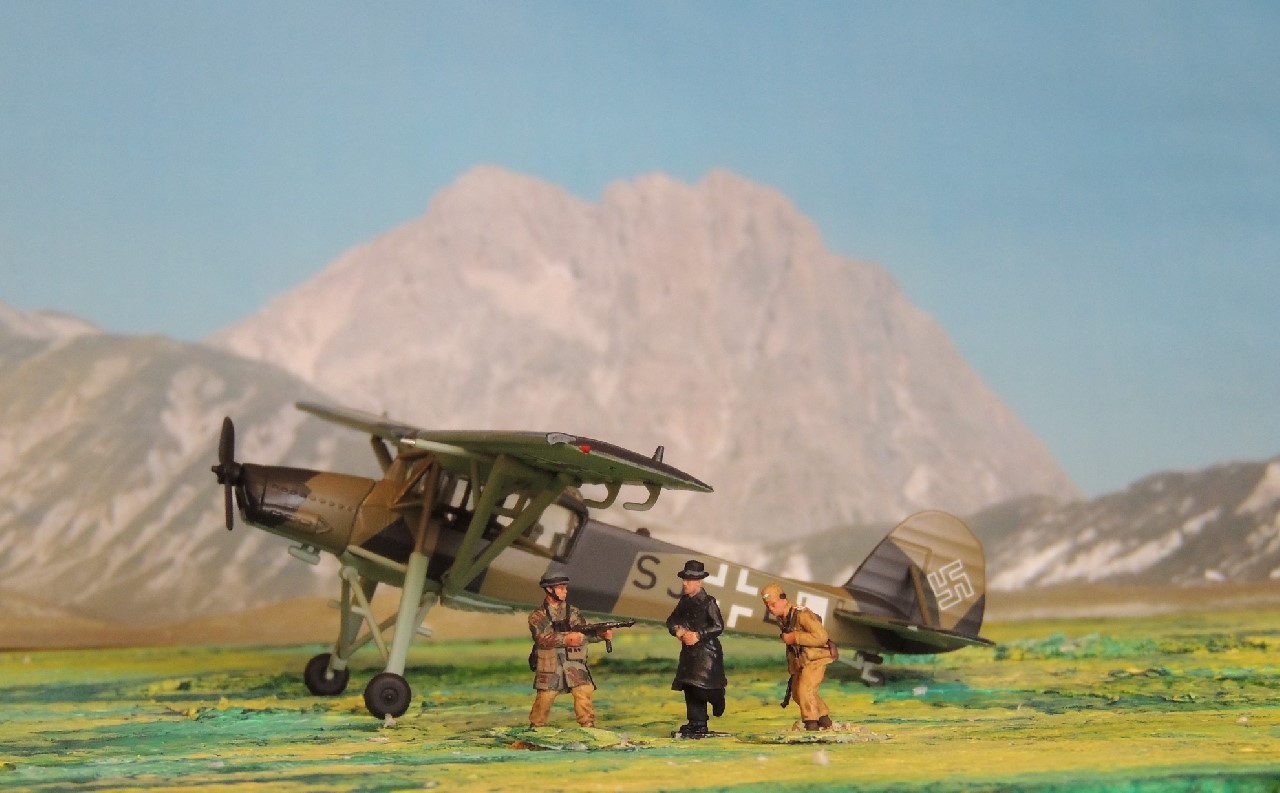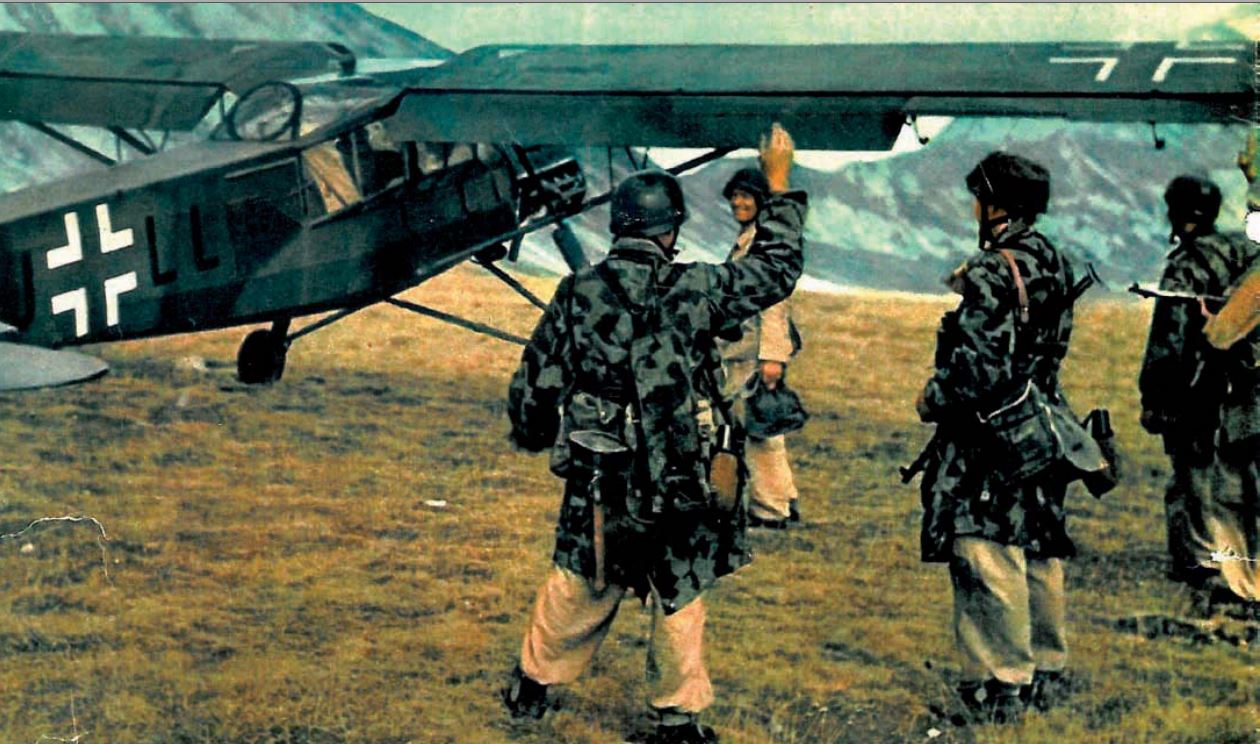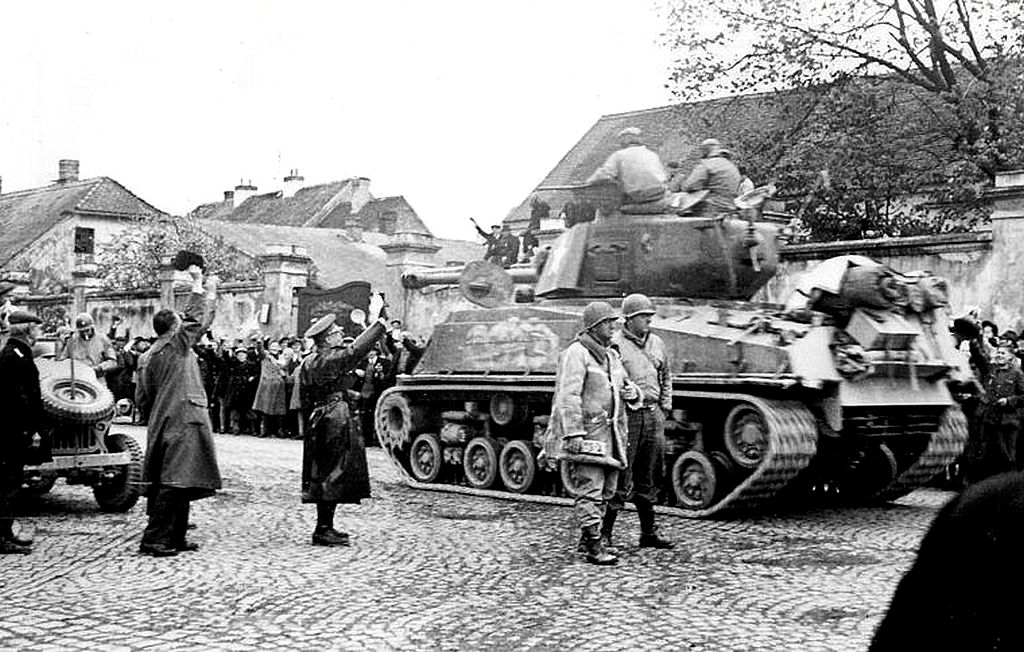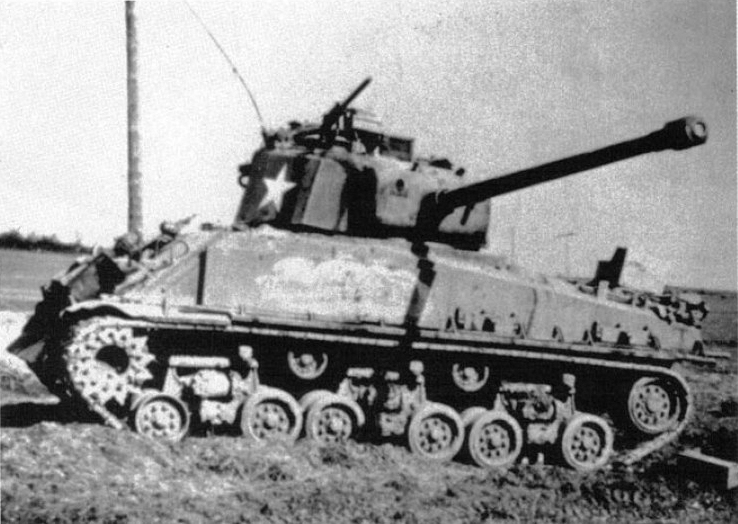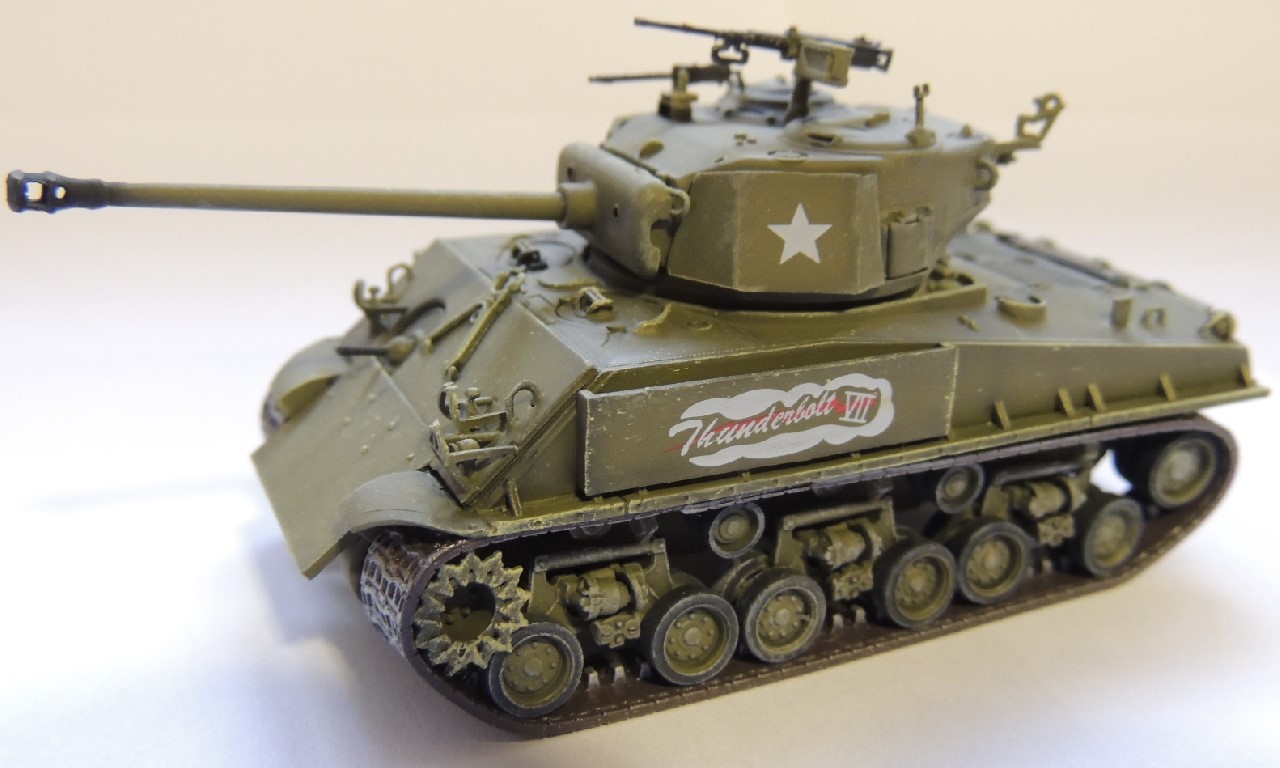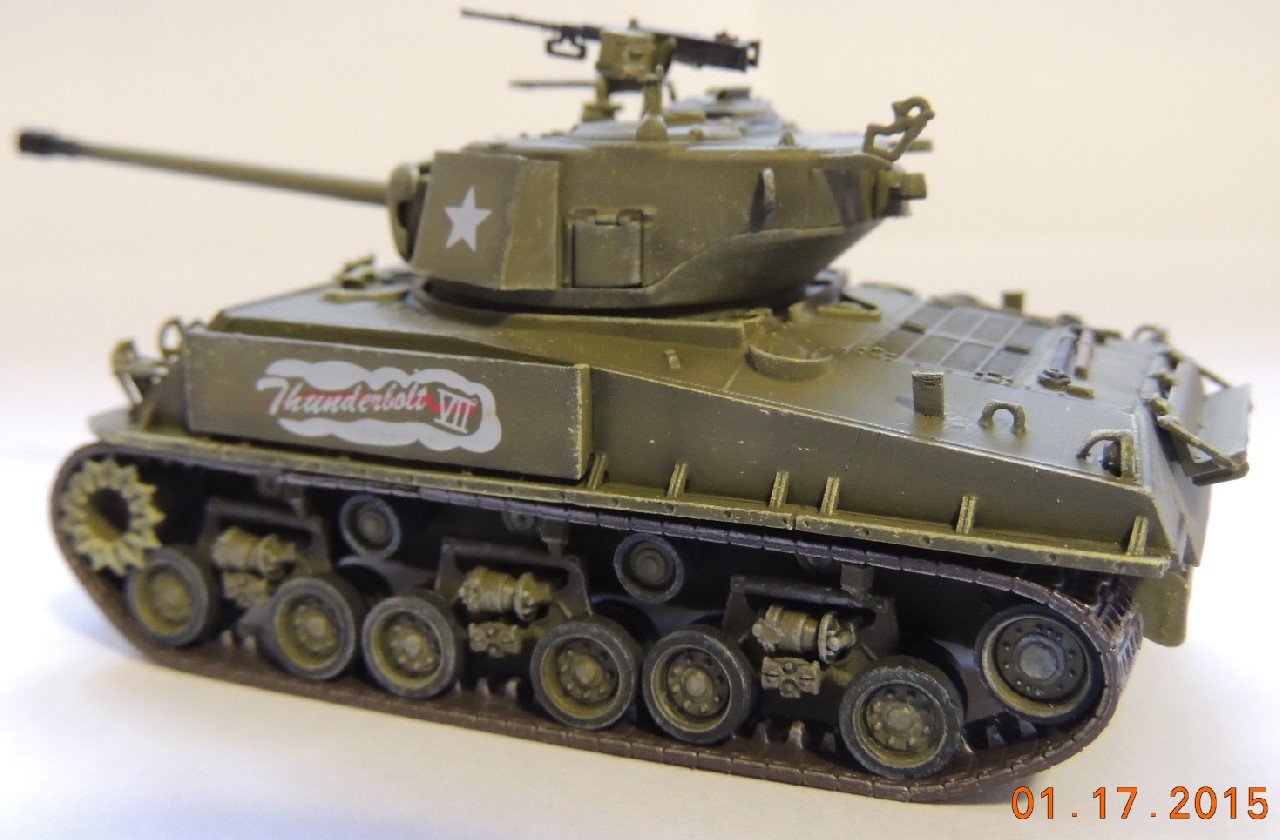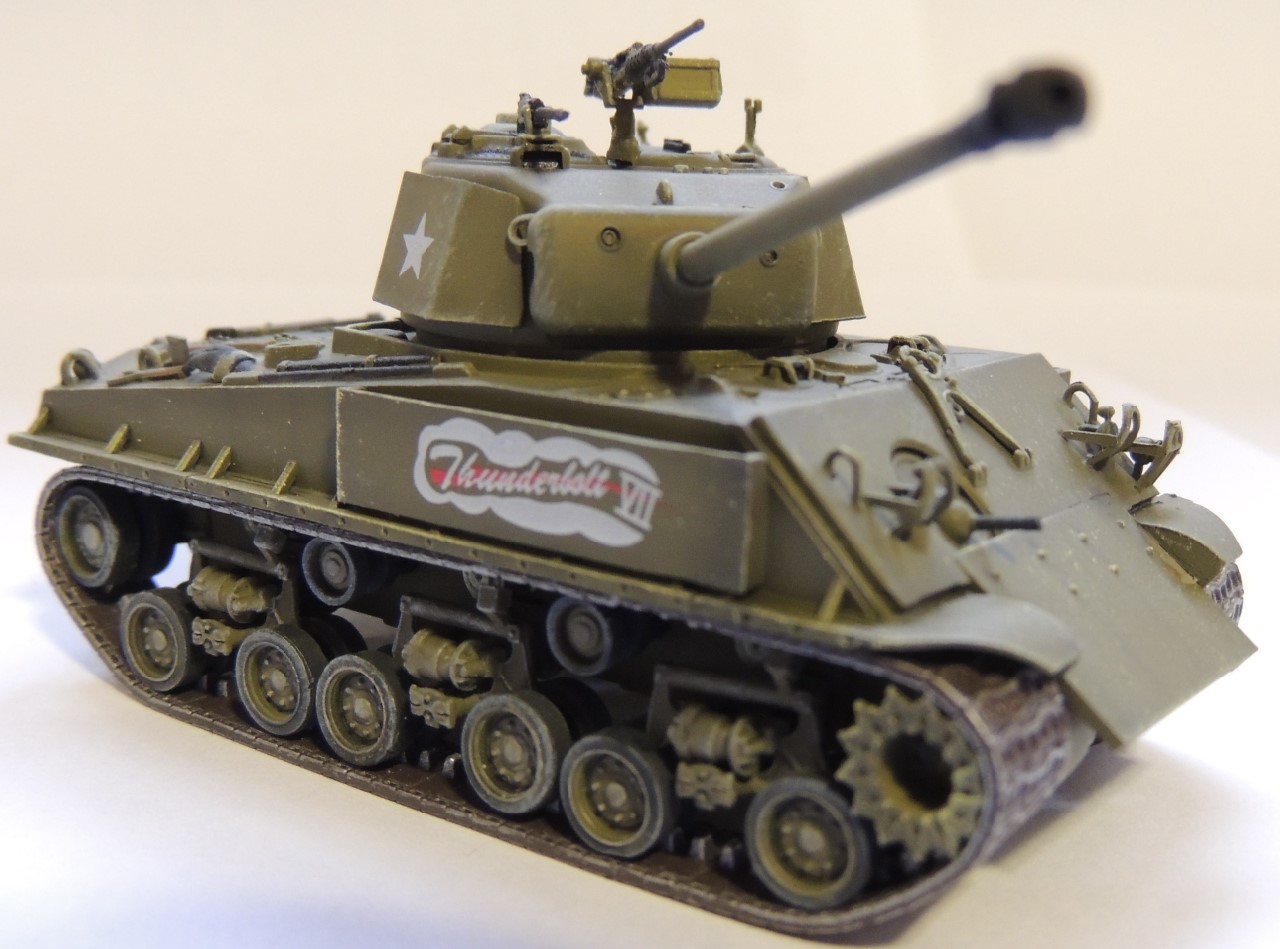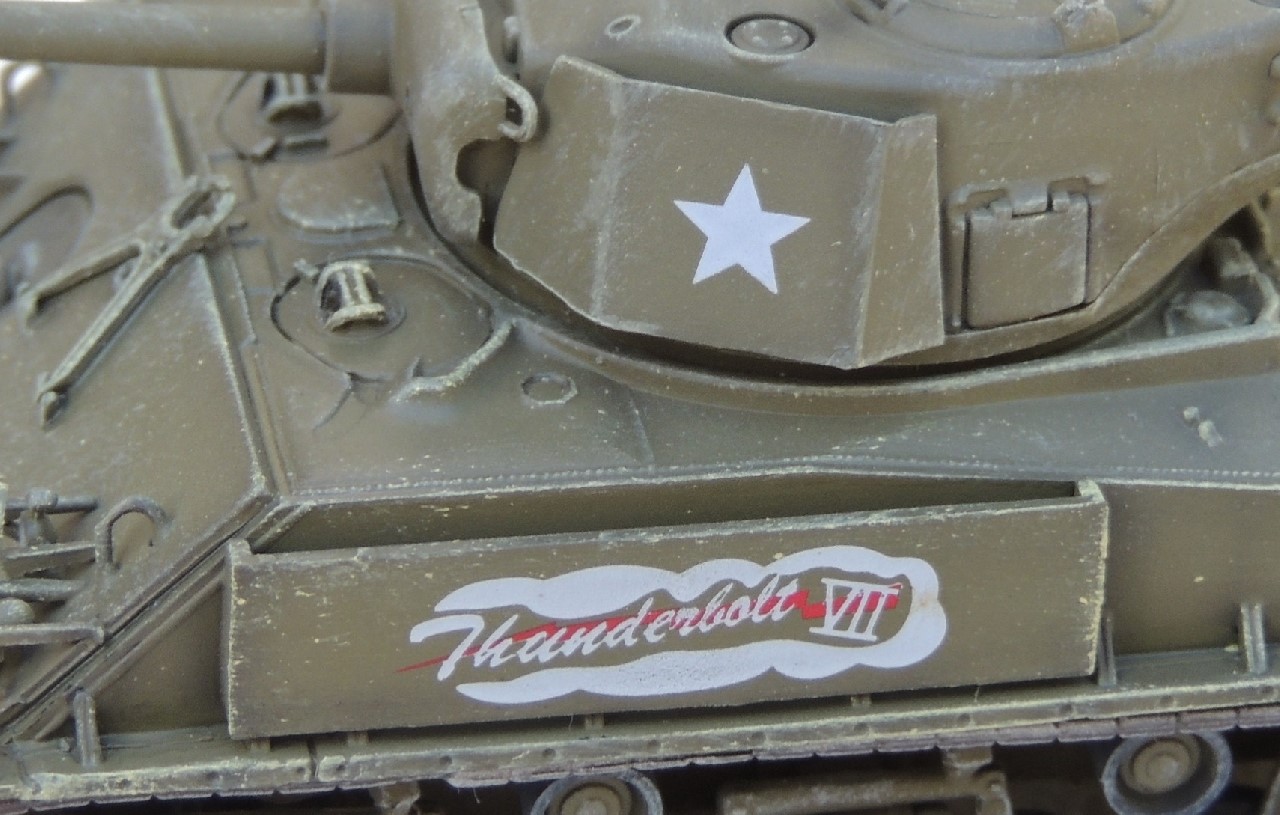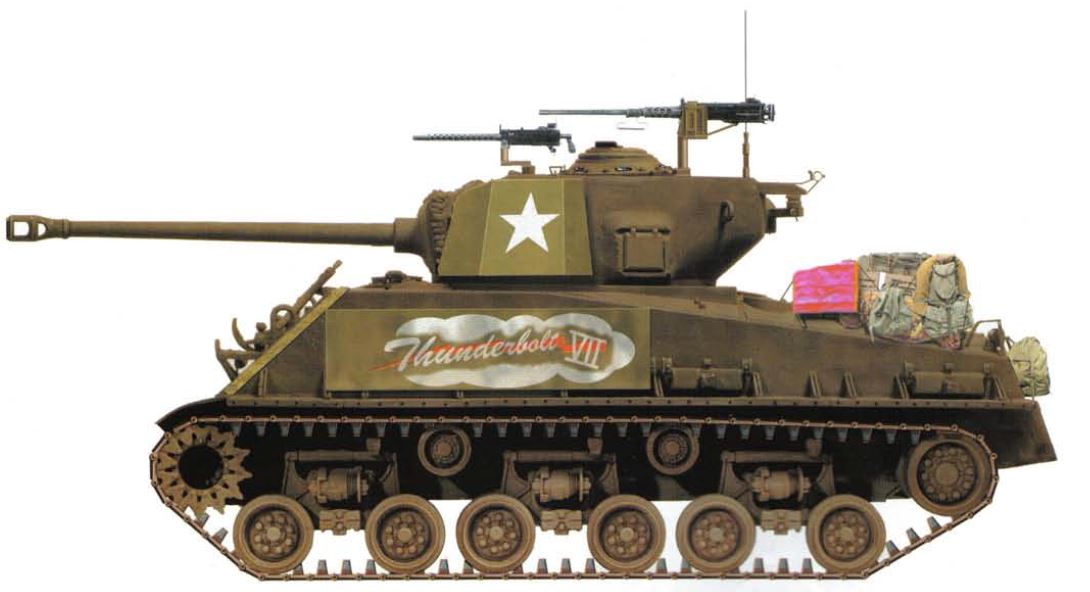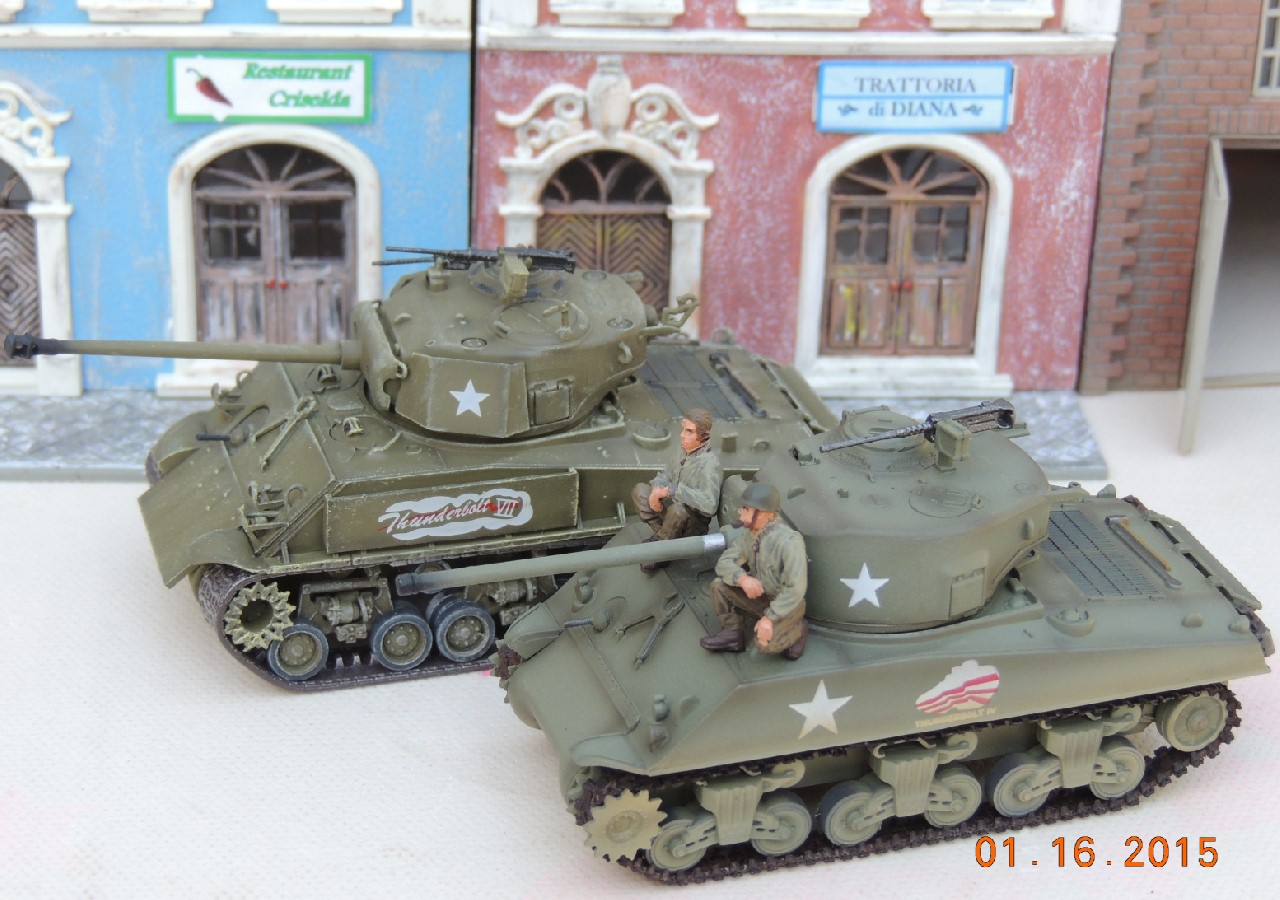Dragon Armor released four 1/72 scale Soviet Tank Destroyers — two SU-85s and two SU-100s — around 2006. Of the four, the Dragon 60305 SU-100 Tank Destroyer is the most captivating, a handsome piece whose compelling slogan not only personalizes the vehicle but broadcasts its unique origin. “SU” stands for “Samokhodnaya Ustanovka,” literally “self-propelled carriage” in Russian. The number following the “SU” designation is the size of the gun in millimeters.
The Actual Tank
The Dragon 60305 SU-100 Tank Destroyer is almost assuredly based on the photo below of the Soviet 3rd Guards taken in early 1945, ostensibly on the Belorussian Front. Dragon incorrectly attributed this tank to the 1st Guards Mechanized Corps, rather than the 3rd Guards, and placed it in Hungary, rather than Belorussia.
Immediately apparent are the varied markings on the hull side. In addition to the tactical numbers, the slogan “20 Years of Soviet Uzbekistan” is barely discernible, a reference to Uzbekistan’s integration into the Soviet Union in 1924 and to its citizens, whose sacrifice and hard work had paid for this and other tanks that bore the slogan.
Ivan Antonovich Vovchenko, Commanding General of the Soviet 3rd Guards Tank Corps, recalled the arrival of the Uzbek-funded tanks in his memoirs:
“In the forests of Smolensk our unit received new tanks. On the turret, each of them had the inscription “20 Years of Uzbekistan” and the emblem of the Uzbek SSR. I went to the place where the tankers took the new vehicle, and saw Major Ayrametova, the commander of the Health Battalion. The Major touched the letters and coat of arms and I understood his excitement as this big tank column was built with money collected by the workers of Uzbekistan. News of the arrival of the machines quickly spread through the division, and soon two Uzbek tank drivers came running . . . .”
(Follow this link http://tankfront.ru/ussr/colums/20_let_sovetskogo_uzbekistana.html# and hit “Google translate” if you’re interested in finding out more about the Soviet 3rd Guards.)
The passage above confirms that such slogans significantly improved morale among the troops and evokes an image of the Major pining for his family as he caressed them – or rather, the side of the tank.
The Model
Here’s a three-quarter view of the 60305. At a length of 17.5 feet, the 100mm barrel made the SU-100 a colossal 31 feet long, making maneuvering in tight urban settings extremely difficult. Although no frontal photos of the “Uzbekistan” exist, Dragon placed spare track links on the glacis, a sensible decision as it was common practice to add the spare links to provide the crew additional protection.
This eye-level profile photo provides an excellent view of the track sag. Note that Dragon applied light, silver dry brushing on the tracks and road wheels, resulting in a realistic worn, weathered look.
This close-up gives a good sense for the 75mm sloped front armor.
Note the light dry brushing throughout the roof of the destroyer, which effectively highlights the detail on the hatches. Note also the thickness of, and cut marks on, the front plate.
There are subtle darker tones throughout the tank, most evident in the back and rear of the hull.
This starboard three-quarter view shows that Dragon used markings identical to those on the port side. Dragon is to be commended for its tampo application as the markings neatly curve around the turret base of the cupola. Note also the realistic weld marks on the base of the turret base of the cupola. In my enduring quest for improved photography, I continued experimentation with lighting, illuminating specific parts of the vehicle with a small flashlight, with mixed results.
Dragon’s attention to detail is evident on the side of the front slab, which shows cut marks consistent with a torch. Note the grab handle below the slogan as well as the two-man saw beneath it.
The Rub
This model is a beauty in every way save one — Dragon botched the slogan! A close review of the slogan reveals three mistakes in the phrase, one in each word:
Dragon: “20 лст Соввтского Узбеккстана”
Correct: “20 лет Советского Узбекистана”
Translation: “20 Years Soviet Uzbekistan”
Whenever markings are incorrect on a model, one can usually find the source of the problem in a color profile of the actual tank. This illustration from the Polish book SU-85/100/122, Wydawnictwo Militaria No. 240 carries all three mistakes in the slogan and, in addition, refers to the 1st Guards, rather than the 3rd Guards, confirming conclusively — for me, at least — that Dragon used Militaria 240 as its source.
It bears noting that, subsequent to Dragon, Trumpeter produced a 1/16 kit of this same model and repeated Dragon’s exact mistakes, presumably following the same Militaria 240 profile. On the bright side, all three errors are conveniently bungled, such that an advanced modeler could correct all three with a very sharp blade and a dab of white paint. Below is a photo of Trumpeter’s decal sheet. I easily modified the three incorrect letters in this jpeg in Paint, though I lack the courage to do it on the real model. ![]()
(Subsequent Note: As pointed out in the comment below, the source of Dragon’s mistakes was not Wydawnictwo Militaria 240, as originally stated. A blowup of the profile shows that WM 240 was actually correct. Thanks to ez for pointing it out.)
Here’s a lagniappe photo of the “Uzbekistan” next to its Dragon 60299 “K-17” sister, the only other Dragon SU-100.
The Upshot
The Dragon 60305 SU-100 Tank Destroyer is quite a handsome piece with subtle tones in its finish, very light dry brushing, neat weld seams and cuts, good track sag and, perhaps more importantly, a documented historical basis. For those of us with a penchant for slogans and art on a tank, the phrase “20 Years of Soviet Uzbekistan” makes it irresistible — more so in this case, where the slogan speaks to this particular tank’s origin. While the botched slogan somewhat detracts from this wonderful piece, I’ve opted for blissful ignorance as I can’t read Cyrillic anyway.


